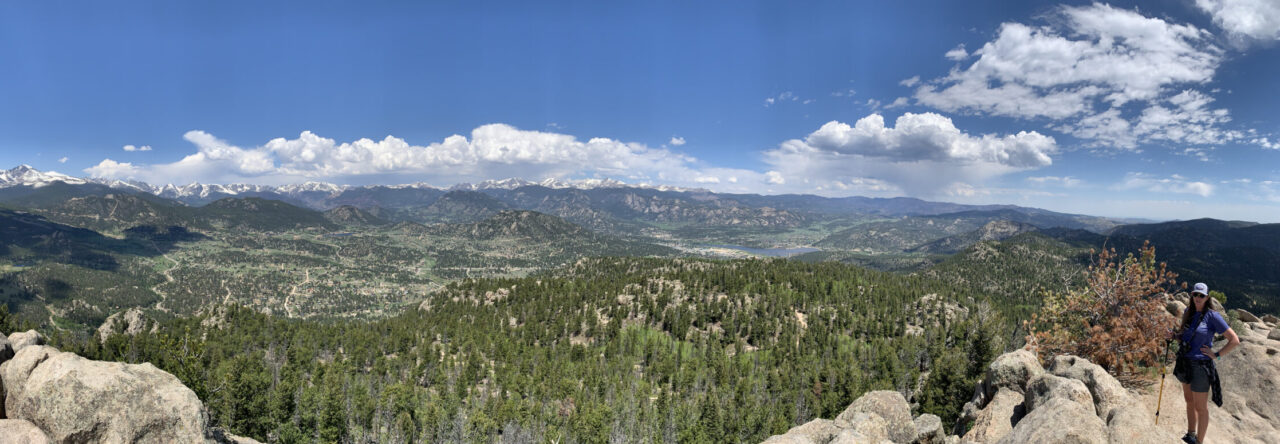I’ve mentioned in past posts that I’m teaching an upcoming Photoshop course at work. I’m not an expert but I can make my way around the tool. I’m sharing my class in pieces. This post is about applying filters.
Photoshop offers many effects you can add to images to make them more visually interesting. These effects can be added alone or in combination and there’s no real way to apply them incorrectly because it’s all based on personal preference.
To apply a filter, first open the file you want to work with. Then go to your filter menu. You will find tons of available options.
If this is your first time working in filters, it’s probably best to just start applying them at random. With each filter, a new window will open that allows you to play with the intensity of color, width of brush strokes, etc. Changes to your image will be shown in real time so you can keep playing. After you see how it turns out, select Alt + Control + Z or Edit … Step Backward to undo the filter application and try something new.
Here are some examples of effects you can accomplish and what I did to achieve them.
Lake picture before:
Lake picture after:
This effect was achieved using the Crosshatch Filter, which can be found at Filters … Brush Strokes … Crosshatch.
Bee before picture:
Bee after picture:
This effect was achieved using the Colored Pencil Filter, which can be found at Filters … Artistic … Colored Pencil.
Cow before picture:
Cow after picture:
This effect was achieved using the Colored Pencil Filter, which can be found at Filters … Stylize … Glowing Edges.
None of these edits is in any way critical. But, they can result in an image that looks like it took hours to create when in fact you can accomplish it in seconds.
Want to start from the beginning? View class 1, which reviews the Photoshop toolbar. View Class 2, which reviews pictures for print versus web. View Class 3, which explores cropping and resizing images. View Class 4, which reviews balancing color. View Lesson 5, which goes over the clone stamp tool. View Class 6,which reviews color match. View Lesson 7, which talks about how to copy pieces from one image to another.
As always, see something you disagree with or think is just plain wrong? Tell me! Seriously – I want to know.














































